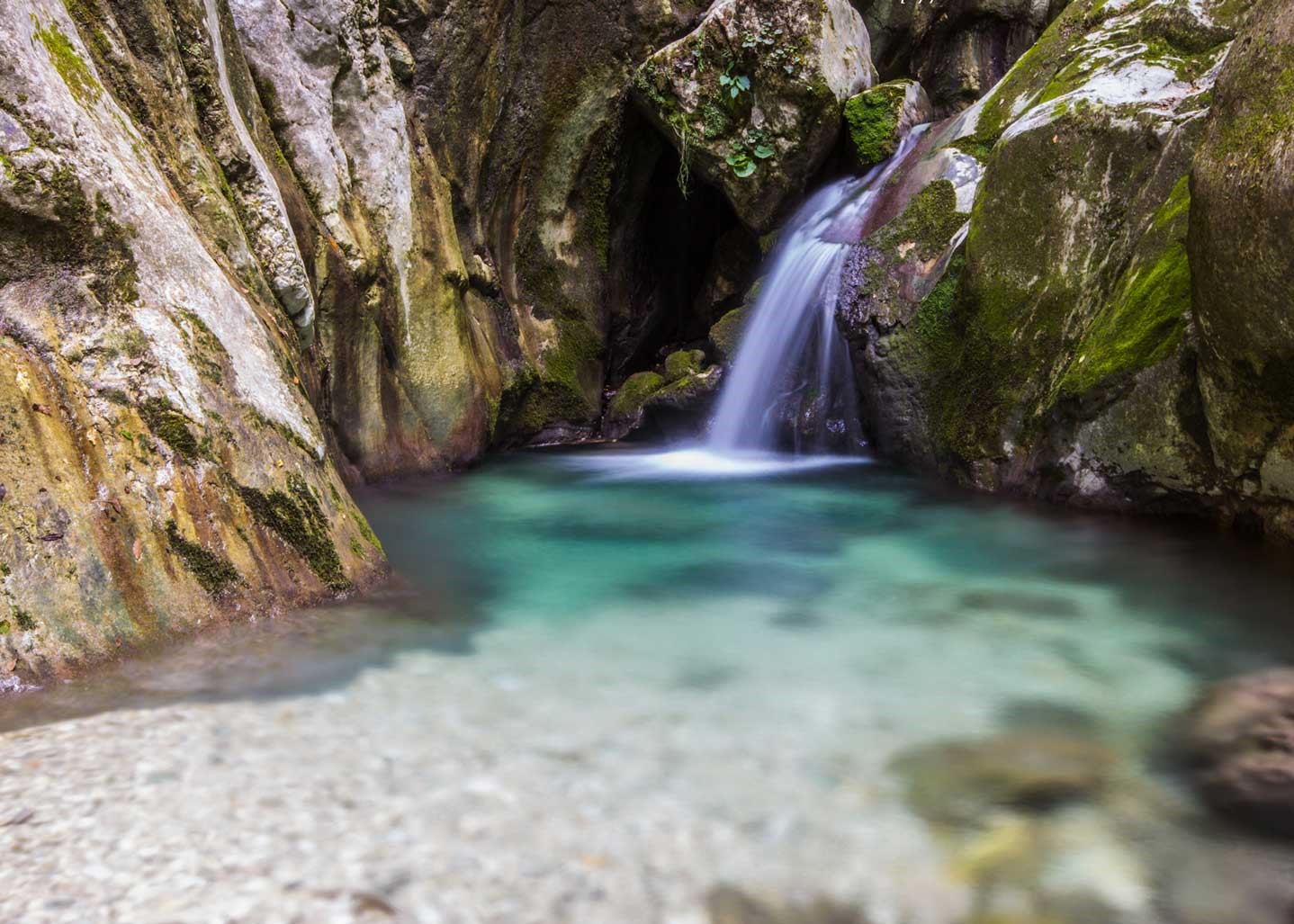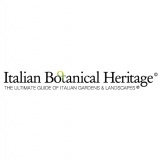
The Monte Cucco Park includes the territory located on the north-eastern border of the Umbria Region, marked by the ridge of the Apennine mountains on which stands the Cucco (1,566 meters), the historical route of the Via Flaminia and the rivers Sentino and Chiascio.
The population resident in the Park does not reach 7,000 inhabitants. In the mountain area, the activity of man is directed exclusively to the management of forests and pastures. The bottom of the valley is mostly managed by arable land but not by intensive cultivation.
In the territory of the Park Municipalities there are many small craft and manufacturing activities as well as accommodation and catering companies that, together with the high level of services, ensure a pleasant enjoyment of the Park. In terms of size and cultural heritage, the most important cities of the territory of Cucco are Gubbio, to the north, and Gualdo Tadino, to the south.
This is a Park known and appreciated for its underground waters and mineral springs, its uncontaminated water courses, its large intact beech woods and its karst caves that cannot be violated by mass attendance. It is also the park where the wolf and the golden eagle live; and the Park characterized by the minor historical centers but rich in cultural and artistic testimonies, and by numerous and suggestive hermitages.
The "high quality" that the Monte Cucco Park expresses, makes it the ideal place for mountain sports: gliding, caving, cross-country skiing, trekking.
The mountain ranges, which are located at altitudes between 900 and 1500 meters, are generally covered with tall forests: the most pleasant to walk and observe, in all seasons. This is the kingdom of the great beech tree with thick foliage and bare, slender trunks: for tens of meters they rise to support the leaves in the fight for the conquest of a space of light.
There is no shortage of small and large examples of maple, wild cherry and very rare white hornbeam, in these "mountain plans". During the spring, in the small and large meadows in the woods, everything blooms with bright colors: the white snowdrops, the pink crocus, the yellow buttercups, the violets, the primroses, the miosotis, the wild orchids. Surrounded by the intense perfume, here appear the small leaves of wild mint. At the end of spring or as soon as summer arrives, in the hidden clearings of the woods, where a little more light penetrates, the fragile and rosy martagon lily blossoms, ripening the very tasty strawberries and the small bunches of redcurrants, a real delicacy for patient gourmets and walkers. Being even more patient, it is not impossible to collect the aromatic chives, queen of traditional cuisine. The many hemlock plants that grow almost everywhere at these altitudes are quite different in content, and can be recognized by their white umbrella-shaped inflorescences. The same goes for the hellebore.
Below 1000 m above sea level, the presence of plants is definitely more numerous, varied and aromatic, but the forest becomes entangled and closed, gradually transforming itself, as you go down, into inaccessible, strong and thorny scrub, where you can penetrate only by following the paths. The dominant species are hornbeam, maple (in its various types), ash, cornelian, wild cherry, hazelnut (the dialectal "avellana"), strawberry tree, holly, wild laurel and boxwood. Holm oaks, downy oaks and turkey oaks need soils that are well exposed to the sun. The holm oak is also frequently found clinging to the high limestone walls, with its roots forced into the fractures: they are tiny dark spots of small specimens, all more than a hundred years old. In the wettest parts and in the shade, the stinger is frequent. Further down the valley and on the first mountain slopes, there is also the locust pest, improperly called acacia, with large clusters of white flowers.
Recently, on the reddish walls of the Orrido del Ponte a Botte, the presence of the rare ephedra has been found, a shrubby and bushy plant, with small deciduous scaly leaves and tiny flowers.
Further down the valley, the Park slopes down into a strongly cultivated area. It is the Upper Chiascio Valley, dotted with villages and settlements. But it is still a place of great charm, where you can still see the cultivated fields surrounded by rows of poplars, willows, maples, oaks, unmistakable sign of a the poor agriculture of yesteryear.



